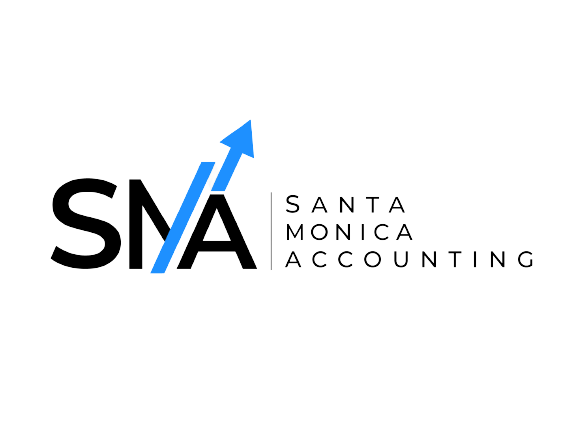In the world of accounting and finance, the terms “depreciation” and “amortization” are frequently encountered. Both concepts are crucial for businesses to understand as they pertain to the allocation of costs over time. This comprehensive guide aims to delve into the definitions, purposes, methods, differences, similarities, and applications of depreciation and amortization, providing a detailed understanding of these accounting practices.
This is an info box
Depreciation is a critical accounting process that involves allocating the cost of tangible assets—such as buildings, machinery, vehicles, and equipment—over their useful lives. These tangible assets, essential for the day-to-day operations of any business, gradually lose value due to various factors, including wear and tear, regular usage, and technological obsolescence.
By systematically spreading the cost of these assets over the periods they benefit, depreciation ensures that the expense of using the asset is matched with the revenue it helps generate. This practice adheres to the matching principle in accounting, which states that expenses should be recorded in the same period as the revenues they contribute to.
Several methods exist for calculating depreciation, each serving different financial strategies and business needs. The most common methods include:
| Straight-Line Depreciation |
|---|
The straight-line method is the simplest and most widely used. It allocates an equal amount of depreciation expense each year over the asset’s useful life. The formula is:Annual Depreciation Expense = Cost of Asset−Salvage Value / Useful Life |
| Declining Balance Depreciation |
|---|
The declining balance method accelerates depreciation, allocating larger expenses in the earlier years of the asset’s life. This method reflects the higher productivity and utility of the asset in its initial years. The formula is:Depreciation Expense=Book Value at Beginning of Year× Depreciation Rate |
| Units of Production Depreciation |
|---|
This method ties depreciation expense to the actual usage of the asset. It’s commonly used for machinery and equipment where wear and tear correlate directly with operational use. The formula is:Depreciation Expense= |
| Sum-of-the-Years’ Digits Depreciation |
|---|
This accelerated depreciation method uses a fraction of the asset’s depreciable base, calculated by the sum of the years’ digits. The formula for the fraction is:Depreciation Expense=(Remaining Useful Life/ |
This is an info box
Amortization is the accounting process used to gradually write off the cost of an intangible asset over its useful life. Intangible assets, unlike tangible ones, do not have a physical presence but still hold significant value for a business. These assets include patents, trademarks, copyrights, franchises, and goodwill—each providing long-term benefits to a company. Amortization allows businesses to systematically expense the cost of these non-physical assets, ensuring that the financial statements accurately reflect their declining value and the actual economic benefit derived from them.
Similar to depreciation, amortization uses systematic methods to expense intangible assets. The two most common methods are:
| Straight-Line Amortization |
|---|
Much like straight-line depreciation, this method spreads the cost of an intangible asset evenly over its useful life. The formula is:Annual Amortization Expense= Cost of Asset/Useful Life |
| Reducing Balance Amortization |
|---|
| Though less common for intangibles, this method allocates higher expenses in the earlier years. The formula is similar to that used for declining balance depreciation but applied to intangible assets. |
Differences Between Depreciation and Amortization
Depreciation
Depreciation applies to tangible assets (e.g., buildings, machinery).
Nature of Assets
Amortization
Amortization applies to intangible assets (e.g., patents, trademarks).
Depreciation typically considers salvage value, which is the estimated residual value of an asset at the end of its useful life.
Salvage Value
Amortization usually does not account for salvage value because intangible assets often have no residual value.
Depreciation offers more varied methods (e.g., straight-line, declining balance, units of production).
Methods and Application
Amortization is usually limited to straight-line due to the nature of intangible assets.
Depreciation is governed by guidelines such as the Modified Accelerated Cost Recovery System (MACRS) in the U.S.
Regulatory Treatment
Amortization follows different regulatory rules, often based on the asset’s legal or contractual life.
Depreciation involves periodic review of asset impairment, which can alter depreciation schedules if the asset’s recoverable amount drops below its carrying value.
Impairment Considerations
Amortization also involves impairment tests, especially for assets with indefinite useful lives like goodwill, where amortization might not apply.
Depreciation and amortization are fundamental concepts in accounting and finance, essential for accurate financial reporting, tax planning, and business strategy. Understanding the differences and similarities between these processes enables businesses to make informed decisions, optimize their financial performance, and comply with regulatory requirements.
By systematically allocating the costs of tangible and intangible assets, depreciation and amortization provide a clearer picture of a company’s financial health and operational efficiency. Whether dealing with machinery or patents, the principles of depreciation and amortization ensure that businesses can manage their assets effectively and sustainably.

Thank you for reading with SMA!
Seeking help with your bookkeeping and accounting?
We’re right here for you!
